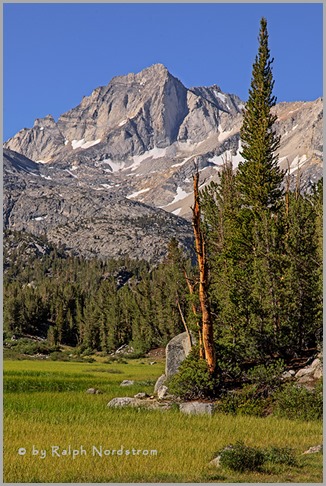In my workshops I encourage the students to slow down and connect with what they are feeling before they snap a shot. The idea is to capture and make a photograph in such a way that it communicates what we experience to our viewers. I must confess, however, that in my classes I’ve ignored the other half of a communication – the viewer and his or her ability to recognize what we are trying to say. I speak of using our Creative Vocabulary, a growing body of tools, techniques, skills, and experiences, to convey what it is we have to say. But just like the vocabulary of speech, if we don’t speak the same language we can’t communicate.
Then there’s also the notion of the Cliché photograph. Many photographers avoid the cliché like the plague, endlessly on the hunt for something new, original, never-been-done-before. Personally, I embrace the cliché, enjoying the experience and taking something that is common and making it my own.
Why do I bring this up? Well, recently I’ve come across a couple of nationally recognized photographers who have expressed a new and, I’d go so far as so say, revolutionary view of landscape photography.
Guy Tal in his blog post Difficult Questions makes a very interesting point that got me thinking.
“It is likely that many readers can recall being moved to tears by some piece of music or a familiar scent (what’s known as the Proustian phenomenon), but I challenge you to think of a photograph or painting with such powerful emotive powers as to make the viewer cry.”
Tal goes on to say,
“…the image [is] its own (aesthetic) experience, which is related to, but not a substitute for, the actual experience of the photographer at the scene.”
George Lepp, in the April 2015 issue of Outdoor Photographer, added an editorial to his regular column titled “Overexposure: An Editorial.” In it he acknowledges the plethora of technically perfect, gorgeous landscape images and how some commentators are beginning to that feel in all the strong compositions, fantastic light, optimum exposure and appropriate sharpness these stunning photographs end up being “soulless.” To quote Lepp,
“While there’s no doubt that beautiful landscape photography is everywhere, I’ve spent enough time with other photographers to know I’m not the only one who feels the excitement and fulfillment that comes with discovering and capturing a place in your own way and in mastering new techniques that expand your creative interpretation.”
I can relate! After all the talk about unity, balance and visual tension, all the searching for those fleeting moments of exquisite, fantastic light, it all comes down to those incomparable flashes of inspiration that grab us out of the blue. We feel a surge of excitement, a thrill, an elation that is rare in everyday life.
If we think of the wise adage that, ‘It’s not the destination, it’s the journey,” in landscape photography it’s not the expressive photograph, it’s the experience of being there.
As Tal sums up so eloquently,
“If getting a “better” image requires diminishing the experience of wildness, flow, peace and reverence, then to hell with the better image. If a “great” composition requires prolonged time in the studio, or standing by a noisy roadway, or mingling in a crowd, or endangering the subject or the experience of others, then to hell with the great composition. If a “stunning” image requires the use of a drone or other noisy apparatus in a place where few sounds can be considered an improvement over silence, then to hell with the stunning image. The image is not the ultimate goal; the experience is.”
May you find inspiration in your journey.
(7684)

